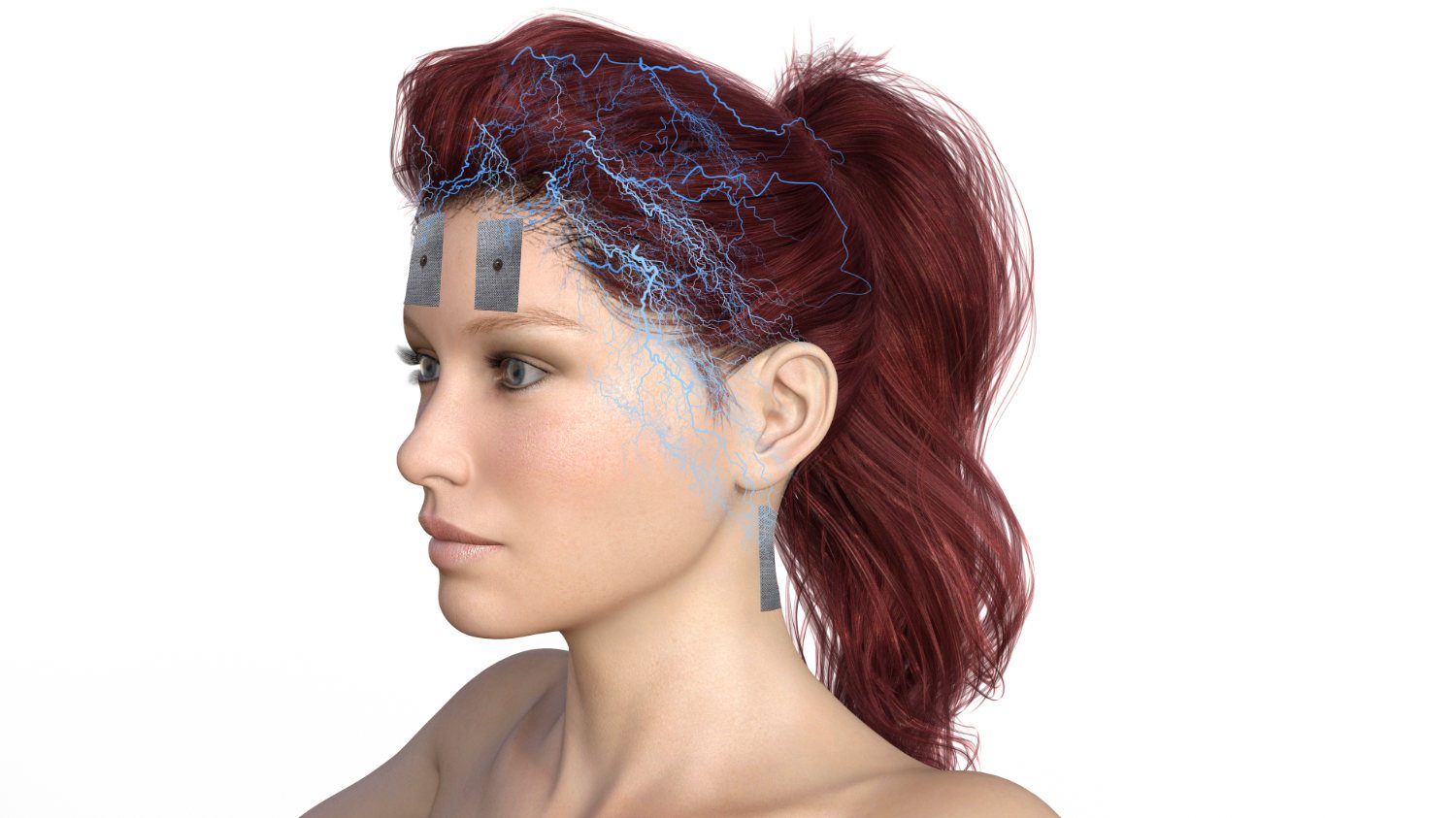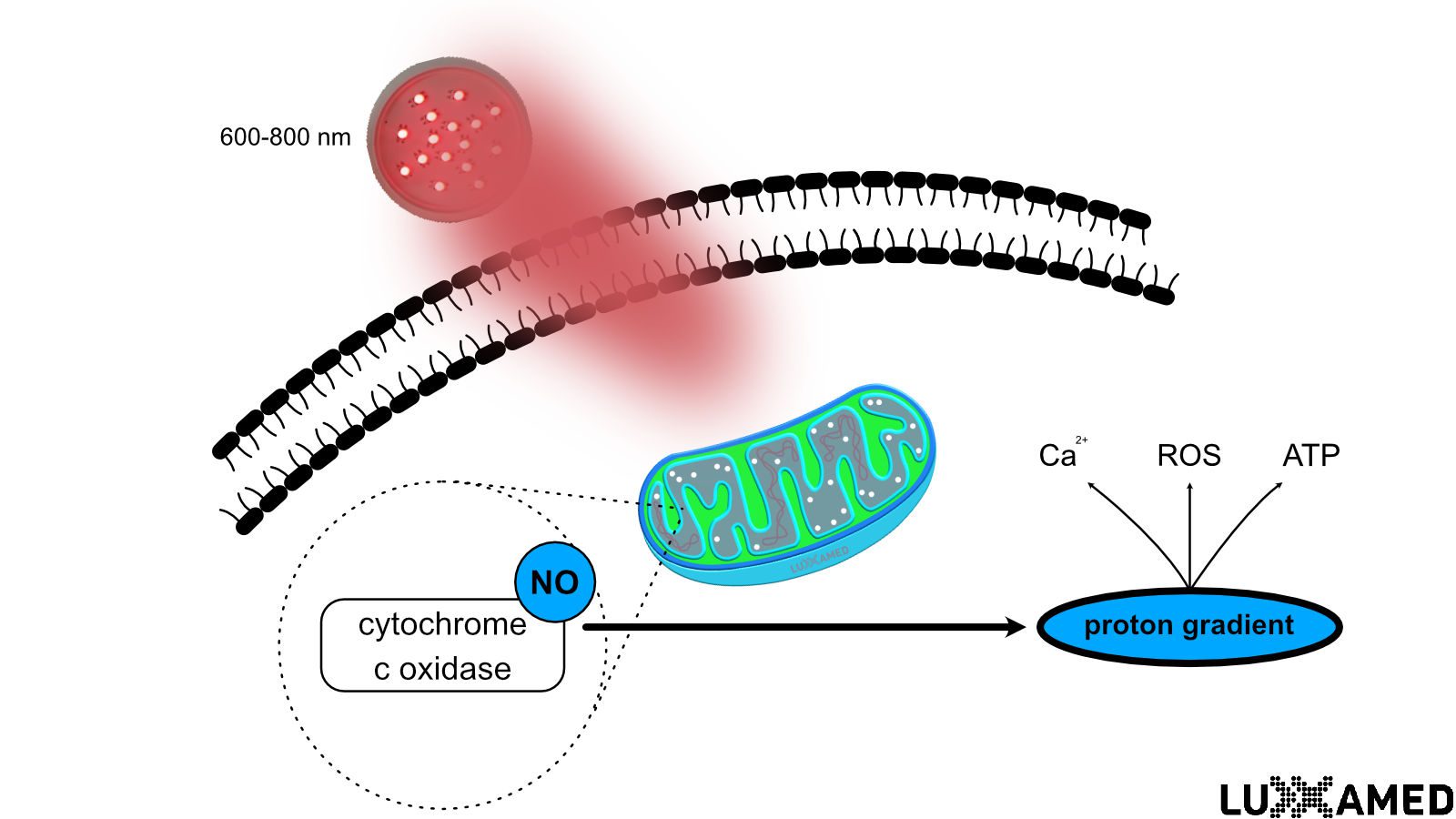Dieser Beitrag ist auch verfügbar auf:
![]() Deutsch
Deutsch
Clinical evidence (PMCF study) on the effect of Luxxamed microcurrent and LED light therapy
Within the framework of the MDR (Regulation (EU) on Medical Devices), we have been conducting a user study with currently 21 participants (doctors, physiotherapists, alternative practitioners and occupational therapists) since 2019. Here you can find the statistical evaluation up to 04.08.2021 with 1417 treatments.
Facts about the study
Report period
01.06.2019 until 02.08.2021
The PMCF study is still
ongoing. The above-mentioned
report period was chosen because the
evaluation of the PMCF report is
the annual management review of Luxxamed
management review of Luxxamed GmbH.
Participants
21 participants
9 physiotherapists
6 alternative practitioners
5 doctors
1 occupational therapist
Data basis
A total of 1417 questionnaires were submitted by the participants during the mentioned period. Thus
n= 1417 treatments are the
basis of the evaluations presented in the following.
Abstract
The aim of this evaluation is to answer which influence Luxxamed microcurrent therapy and LED light therapy have on indications within the scope of the intended purpose in order to prove clinical performance.
In order to provide this evidence, a quantitative study was conducted within the framework of the legally required post-market clinical follow-up. The participants of this study include the classical users of the Luxxamed microcurrent therapy (physicians, physiotherapists, alternative practitioners).
The quantitative study showed that especially the effect of the therapy on the pain level (measured with the VAS) is significantly (p
The evaluations show that the Luxxamed microcurrent devices are clinically efficient and thus meet the requirements of Regulation (EU) 2017/745, related to the clinic. Also, the use of LED light therapy should be in addition to microcurrent therapy, as a significant difference in effect was achieved.
Results
(Excerpt - diagrams and full description in PDF)
The new Medical Devices Regulation (EU) 2017/745 puts clinical evidence and ongoing clinical evaluation of medical devices on new pillars. What was until 2021 a 'nice to have' or a document 'just quickly copied an abstract from Pubmed' is now a regulatory and thus also a legal requirement. Article 10 of the MDR requires the conduct of a clinical evaluation, including post-marketing clinical follow-up. (MDR, 2017, Art. 10)
Manufacturers of medical devices must develop procedures to continuously and clearly demonstrate the effect of their products. Luxxamed GmbH has already started a user study in 2019 with -currently- 21 participants. The evaluation of this study shows the effect and at the same time the essential field of application clearly and statistically significant in all areas with regard to the reduction of pain (pain therapy).
Statistical approach
T-test (paired comparison test) for dependent samples. The statistical test was whether Luxxamed microcurrent therapy has an influence on the variable (in this case VAS) (H1) or not (H0).
The H0 hypothesis would mean that the microcurrent therapy has no effect on the pain level or the other comparisons shown in the diagrams. The H1 hypothesis, on the other hand, means that the Luxxamed cybernetic microcurrent therapy has a significant influence on the respective values.
The t-statistic was used to investigate whether the change is random, within the standard error or systematic and thus whether the Luxxamed microcurrent therapy actually has an effect on the patients' perceived pain level. For this purpose, the t-statistic was compared with the critical t-value. The value of the t-statistic must be significantly larger than the value of the critical t-value in order to reject the H0-hypothesis. The p-value was compared against the assumed alpha of 0.05. If the p-value is greater than the assumed alpha of 0.05, the result is due or within the standard error and thus not significant. Thus, the p-value must be below 0.05 to confirm the effect of the Luxxamed microcurrent therapy.
The t-statistic is many times higher than the critical t-value. The p-value in turn is clearly below the assumed alpha of 0.05. The results of these two values show that the H0-hy- pothesis has to be rejected and that the Luxxamed microcurrent therapy thus has a statistically significant influence on the pain level (comparison before/after treatment).
‼️(Statistical values in the PDF of the study)‼️
The therapy result related to the pain level (VAS) after therapy with LED light therapy was compared here with the application without the LED light therapy. The sample n in this case is n = 216, since a total of only 216 therapies were carried out without the LED light therapy. The results show that the t-statistic is higher than the critical t-value and the p-value is below the assumed alpha of 0.05. Thus, the additional application of the LED light therapy to the Luxxamed microcurrent is statistically significantly better than without the application.
Summary
The results of the PMCF study show the significant effect of Luxxamed microcurrent therapy in the area of intended use (acute and chronic pain therapy + neurological complaints). Especially in the therapy of muscular complaints, a reduction of the complaints – after a single therapy – by 47.45 % was recorded. The therapy of spinal indications showed a reduction of pain by 40.56 %.
Without going into detail about the other comparisons (see diagrams above), it is clear that there was a significant improvement in the complaints in all the areas of indication described. What stands out statistically, however, is that the application of LED light therapy has a significant influence on the therapy result.
In the report period itself, no incidents (in the sense of MPSV – Medical Product Safety Plan Ordinance) were reported by the study participants. Based on this evaluation and the consistently positive experience, the PMCF study will be continued in 2021 and 2022 and supplemented by further participants.
Kassel, 10.08.2021
Luxxamed GmbH
Patrick Walitschek,MSc




